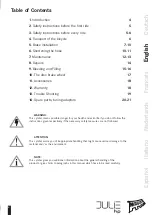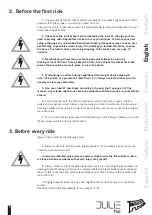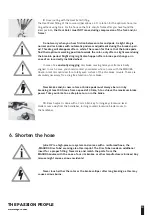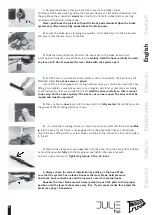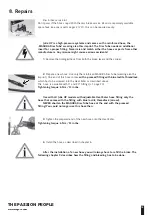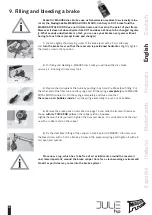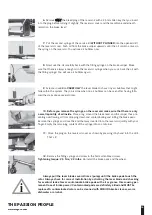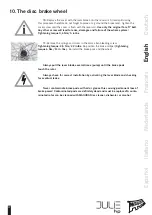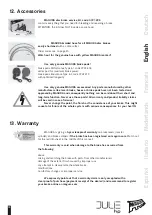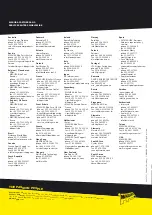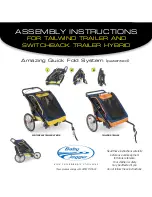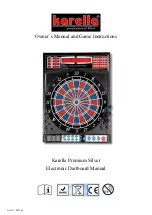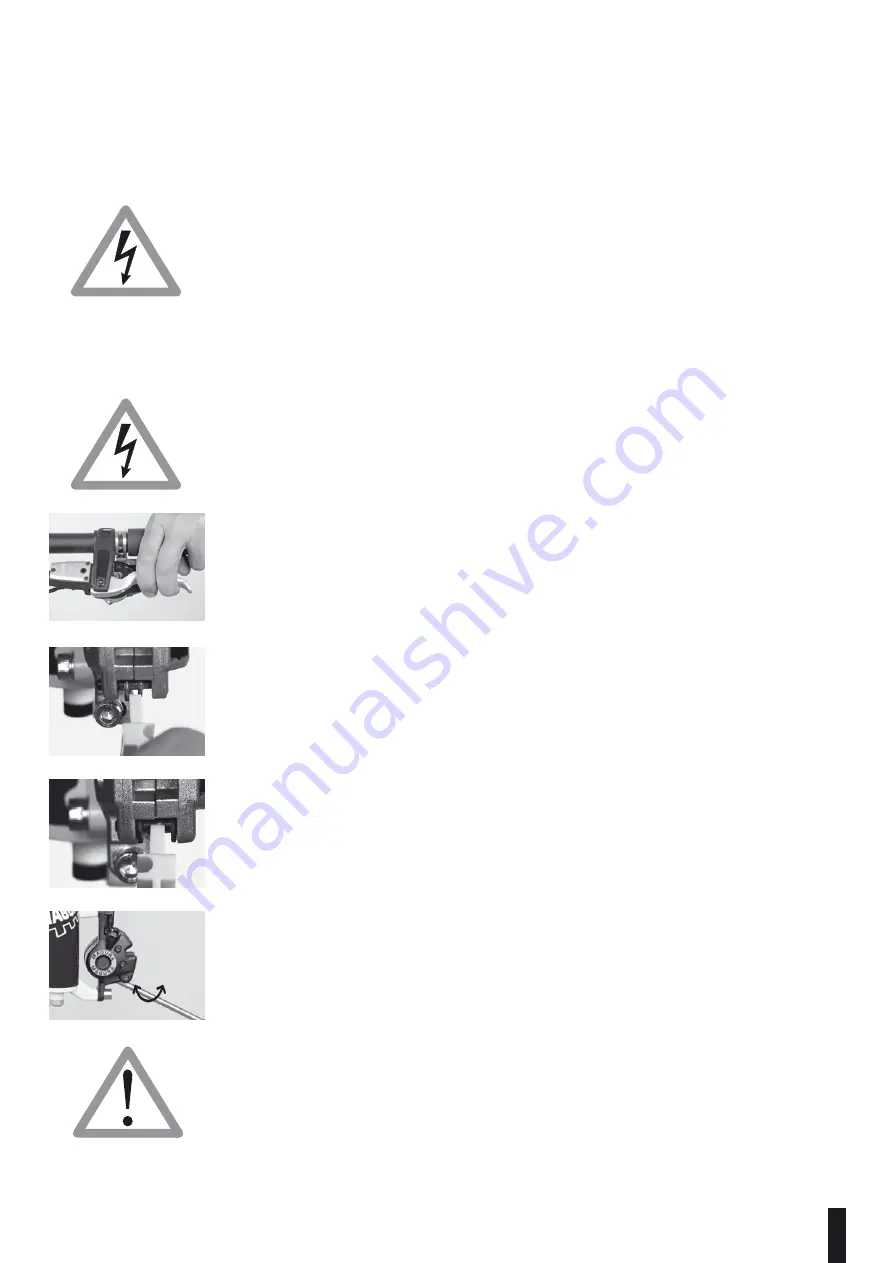
THE PASSION PEOPLE
www.magura.com
12
Brake Oil:
MAGURA disc brakes use a transmission medium low viscosity mineral oil,
the biodegradable MAGURA ROYAL BLOOD Contrary to DOT brake fluid the MAGURA ROYAL
BLOOD does not irritate human skin or strip the paint of your frame. Moreover it does not
absorb water like DOT and does not have to be changed regularly. What sounds unbelievable
is a fact: you can use your brakes over years without having to touch them (except brake
pad change!)
Always make sure that the brake system does not have any leaks by activating
the lever blade, holding it and checking the hose connections and reservoir cover for
eventual leaks. Consult a trained technician in case of leaks. Leaks cause poor bra-
king performance with possible serious accidents!
As to hints about repairs of the hose see page 14 onwards..
Brake pads: wear, control and replacement
Brake pad wear: The brake pads are subject to wear due to friction between
rotor and pads. The Julie disc brake features a fully automatic pad wear adjustment.
Regularly check the thickness of your brake pads and replace them, if necessary!
Control and replacement of the brake pads
1.
Squeeze the lever blade with the wheel mounted and hold the pressure.
2.
Check out whether the “finger” of the transport device fits in-between the “ears” of
the the brake pads.
On the picture on the left this is NOT the case, the pads must be
changed.
3.
Here the finger of the transport device fits between the “ears” of the brake pads.
The pads are still o.k.. Remember: the lever has to be pulled during this procedure.
Use for this a rubber band or a cable tie.
Replacement of the brake pads
4.
Remove the wheel so that you have free access to the brake calliper.
Push both brake pads back by putting the transport device or a flat blade screwdriver into
the gap. Move the screwdriver
slowly
back and forth until both calliper pistons are fully
retracted and flush with calliper body.
Never push back the pistons without the brake pads mounted!
7. Maintenance



